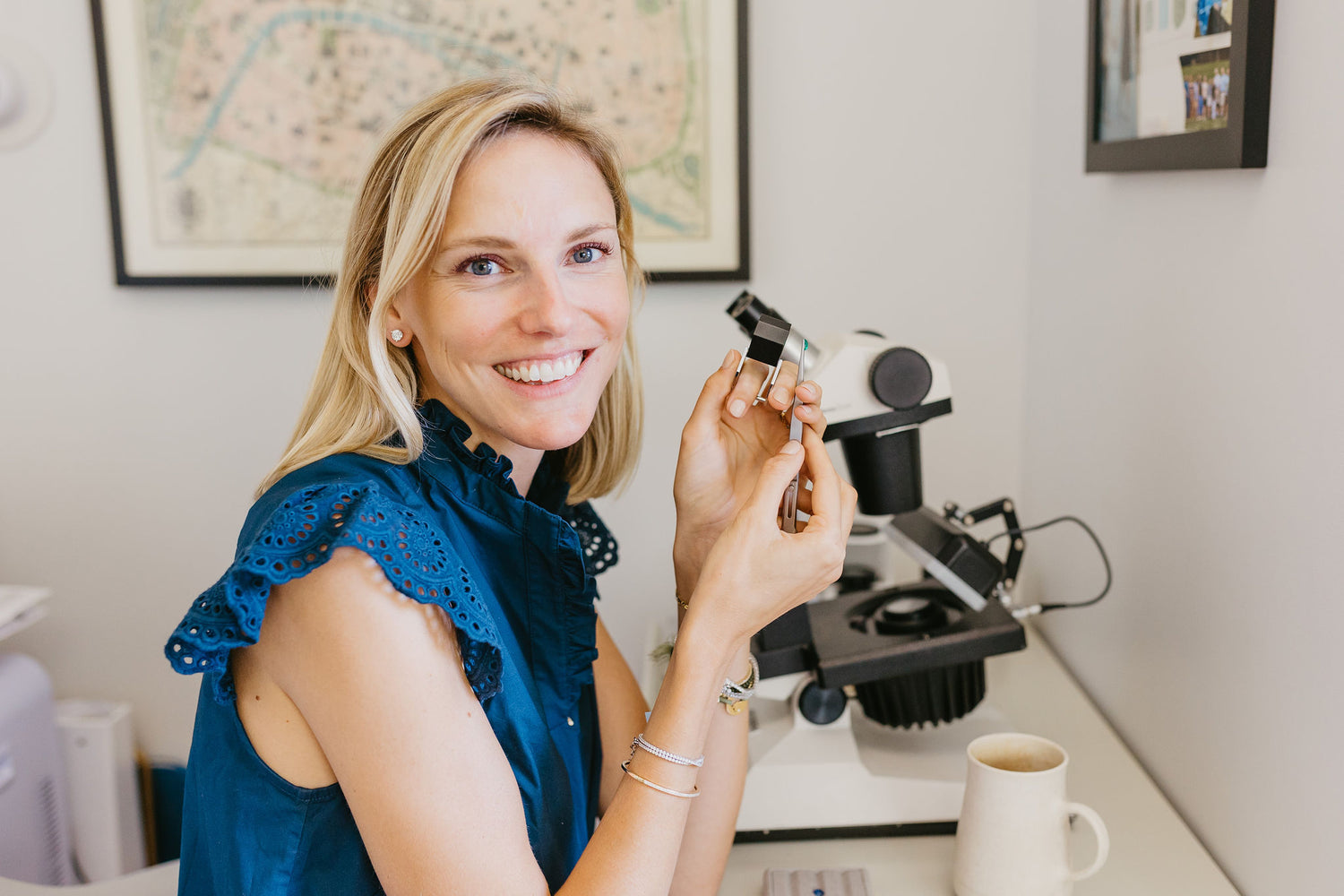Carat Weight
Carat weight is the basic unit of measurement for a diamond. A carat is equal to 200 milligrams, or 1/5 of a gram. One carat is equivalent to one hundred points, so a quarter carat stone is 25 points, or 0.25cts.
Before the unit of Carat was established, diamond traders would compare the weight of each diamond to the seeds of the Carob tree. Each Carob seed had a uniform weight, equal to 200 milligrams (0.20 grams), and therefore determined the weight of the diamond.
The word "Carob" evolved into "Carat" over time. While we no longer use carob seeds to measure stones, they're most commonly measured with digital gem scales, it's always good to remember where we came from.
Diamonds come in many shapes and sizes, with smaller diamonds being much more common and therefore less expensive. As carat weight increases, their price increases due to rarity. Because of this, a one-carat diamond is much more expensive than four quarter-carat diamonds or two half-carat diamonds of the same cut, color and clarity.
When it is time to choose the carat weight that is right for you, it's important to remember that each stone can have varying proportions so it can look different from stone to stone. For example, if a stone has a very deep pavilion, the diamond might be carrying it's weight where you don't want it -- lost value. Or, you might have a stone that is two carats but "spreads" like a four carat stone. This is why it's so important to look at stones in real life to make sure you're purchasing a stone that is a good value. I scour the market to find the best options for you that have the best value.
If you have long fingers or larger hands, an elongated shape (like pear, oval, marquise) of the same carat weight, might suit your hand better than a non-elongated shape (like asscher, round, princess cuts). How you choose to set your diamond can also make a stone look larger. You are not limited by carat weight!

